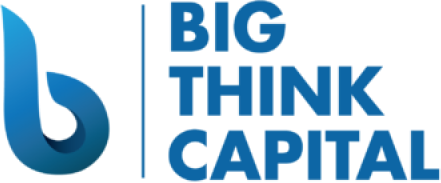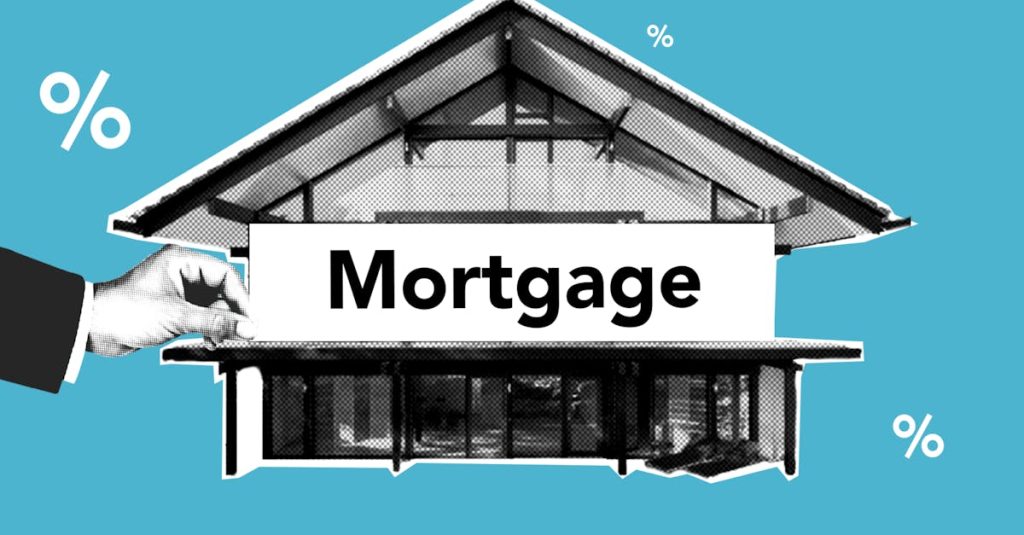How Recent Federal Interest Rate Hikes Are Affecting Small Business Loans and What SMBs Can Do About It
Estimated reading time: 5 minutes
- Increased Borrowing Costs: Higher interest rates mean more expensive loans.
- Stricter Lending Requirements: Lenders tighten scrutiny on applications.
- Reduced Loan Availability: Access to capital diminishes as lenders become cautious.
- Alternative Funding Options: Explore diverse sources like working capital advances and equipment financing.
- Maintain Strong Credit: A solid credit profile is crucial in this tighter market.
Table of Contents
- Understanding Federal Interest Rates and Their Impact
- How Do Interest Rate Hikes Affect Small Business Loans?
- Alternative Funding Options for Small Businesses
- Practical Tips for Navigating the Current Financing Environment
- Conclusion
- FAQ
Understanding Federal Interest Rates and Their Impact
The Federal Reserve’s decisions on interest rates have a profound influence on the entire economy, altering borrowing costs for consumers and businesses alike. In recent years, the U.S. has seen a series of interest rate hikes aimed at curbing inflation, which has risen significantly due to various factors, including supply chain disruptions and increased demand post-COVID-19. As of early 2025, the Federal Funds Rate stands at a range of 5.25% to 5.50%, a stark increase compared to the near-zero rates experienced during the pandemic (Federal Reserve, 2023).
How Do Interest Rate Hikes Affect Small Business Loans?
- Increased Borrowing Costs: Higher interest rates directly translate to increased borrowing costs for small businesses. This means that loans become more expensive, leading to higher monthly payments and the potential for cash flow struggles.
- Stricter Lending Requirements: Lenders often tighten their underwriting standards when interest rates rise. This means that small businesses may face more rigorous scrutiny when applying for loans. Factors like credit score, revenue, and overall financial health will be assessed more critically.
- Reduced Loan Availability: As lenders become more cautious, some may reduce the amount of capital they are willing to lend. This can lead to fewer financing options being available for small businesses that desperately need working capital.
Alternative Funding Options for Small Businesses
The tightening of traditional lending practices does not mean that small businesses are out of options. There are alternative funding sources that can provide the capital necessary for growth and operational stability, even in a high-interest environment.
- Working Capital Advances: This option provides small businesses with quick access to funds based on future sales. Businesses receive a lump sum up front and repay it through a percentage of their daily credit card sales.
- Equipment Financing: Companies that need to purchase new equipment can consider financing options that allow them to spread out the cost over time. This type of financing often offers lower interest rates.
- Lines of Credit: A business line of credit is a flexible borrowing option that enables businesses to access funds as needed, up to a predetermined limit.
- Merchant Cash Advances (MCA): This funding avenue provides businesses with a lump sum upfront in exchange for a percentage of future credit card sales.
- SBA Loans: These loans often come with lower interest rates and longer repayment terms, making them an appealing option for small businesses.
Practical Tips for Navigating the Current Financing Environment
For small business owners navigating this challenging financing landscape, here are three practical takeaways:
- Evaluate Financing Needs Carefully: Assess your current financial situation and determine your funding needs. Create a budget that outlines expected expenses and cash flow projections.
- Keep a Close Eye on Credit Status: With stricter lending criteria in place, maintaining a strong credit profile is essential.
- Explore Various Funding Options: Don’t limit your search to traditional bank loans. Explore alternative loan products and consider the specific pros and cons of each.
Conclusion
The recent increase in federal interest rates is reshaping the small business lending landscape. While business owners may face challenges due to higher borrowing costs and stricter lender requirements, alternative funding options are available. By understanding these options and evaluating their financial situation, small business owners can secure the funding they need to thrive.
At Big Think Capital, we specialize in helping small businesses navigate these challenges by providing access to a variety of financing solutions tailored to your needs. Whether you need fast access to cash or funding for equipment purchases, our team of experts is ready to guide you through the process.
If you want to learn more about how we can help your business secure the funding it needs to succeed, visit us at bigthinkcapital.com or speak with one of our funding experts today.






